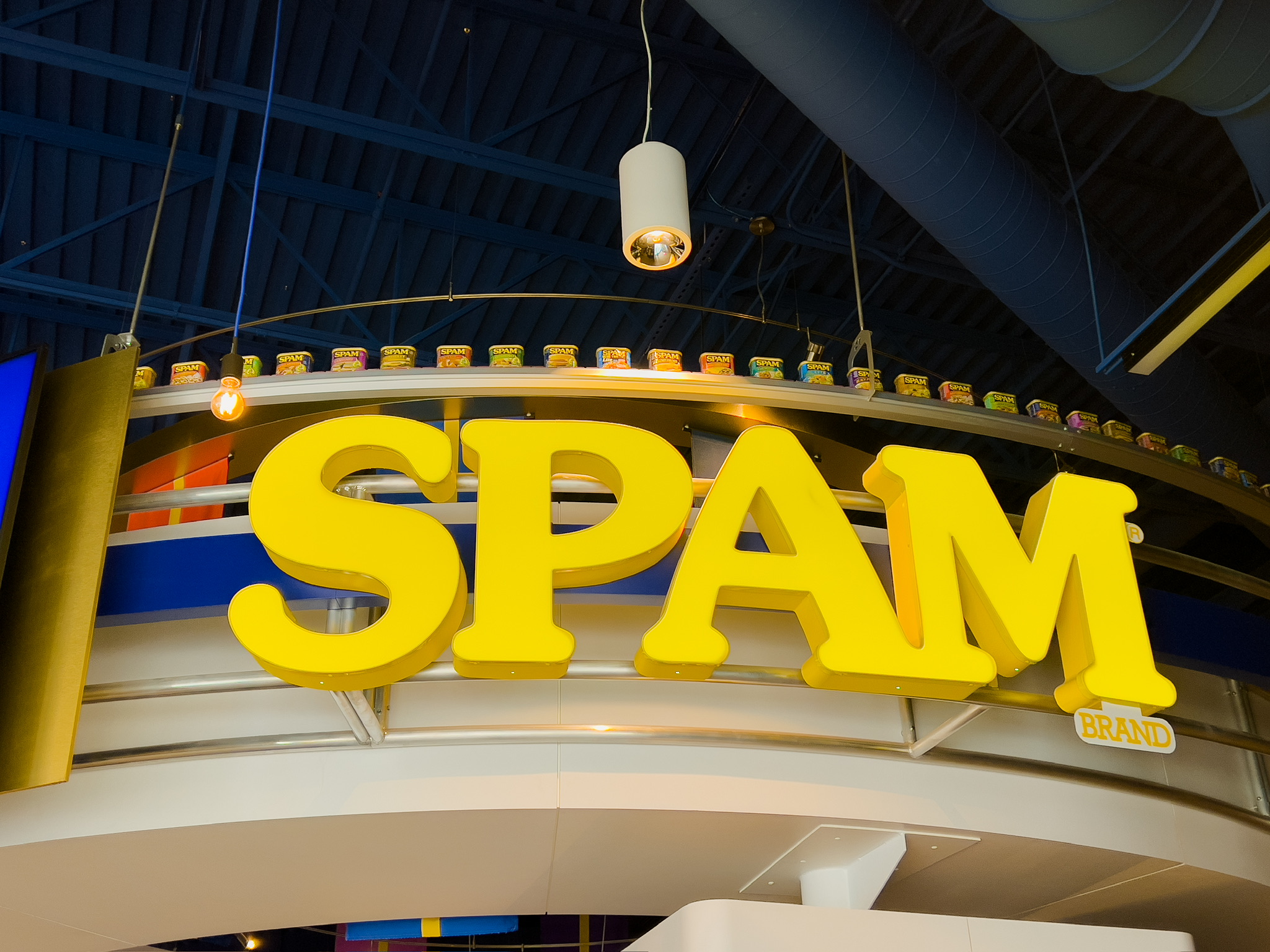Love it or hate it, SPAM is kind of iconic. First introduced in 1937, the canned meat grew in popularity after its use as a diet staple in World War II. Now, it’s ubiquitous in the native cuisine of countries around the world, appearing in such dishes as Hawaiian spam musubi, British spam fritters, Korean army stew, and beyond. However, for all its international fame, the humble can of SPAM has its origins right here in the Midwest—in the small city of Austin, Minnesota, home to the one and only SPAM Museum.
Inside the museum, there are interactive stations where you can do everything from a personality quiz to find out what kind of SPAM you are, to a timed game where you can find out how quickly you could package a can of SPAM yourself.
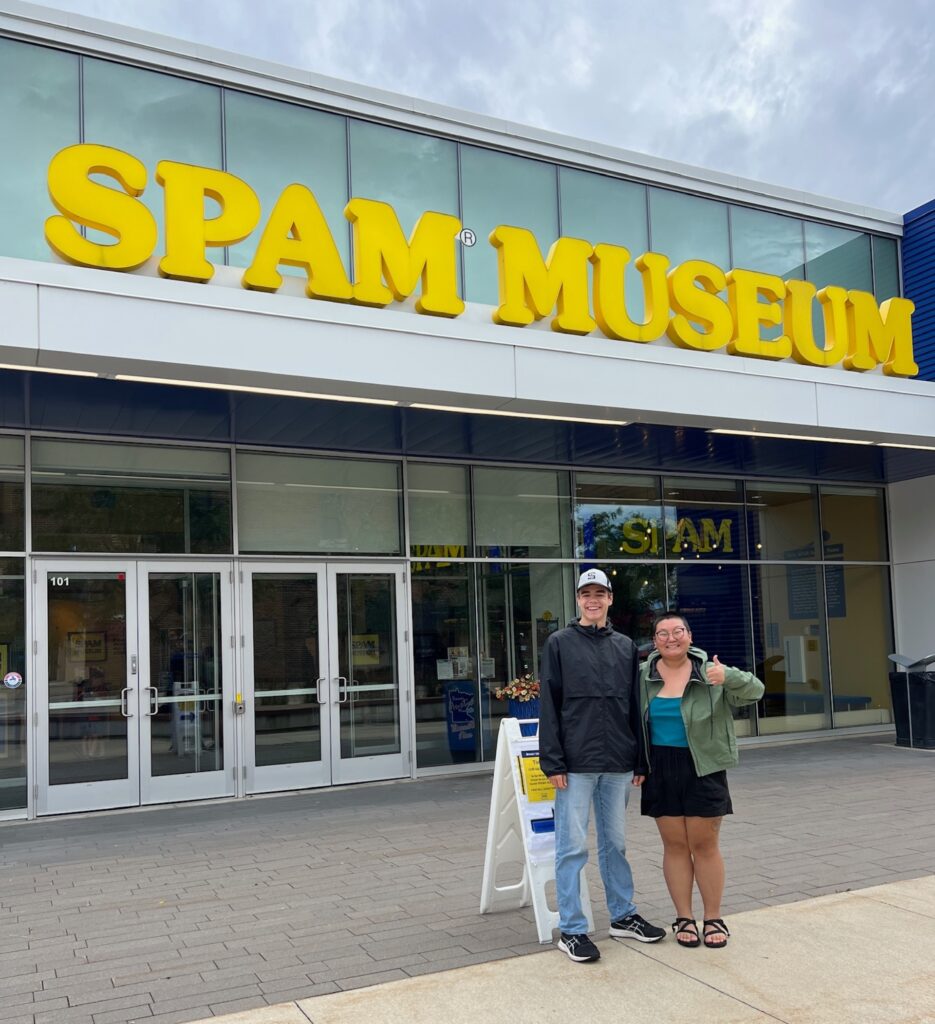
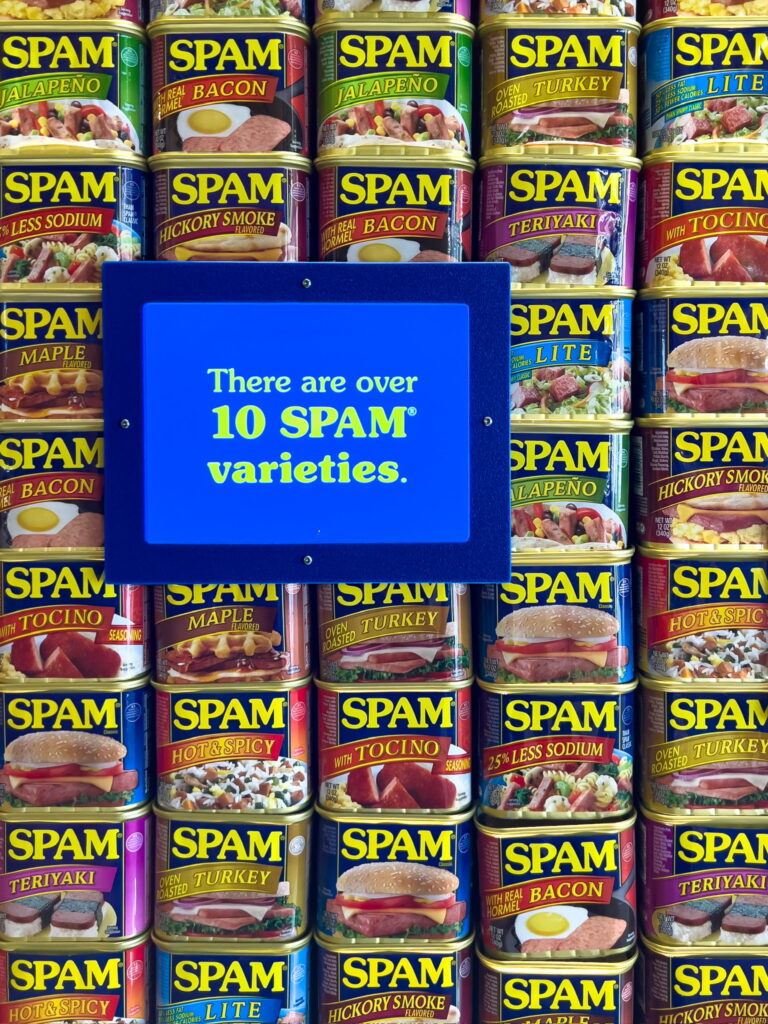
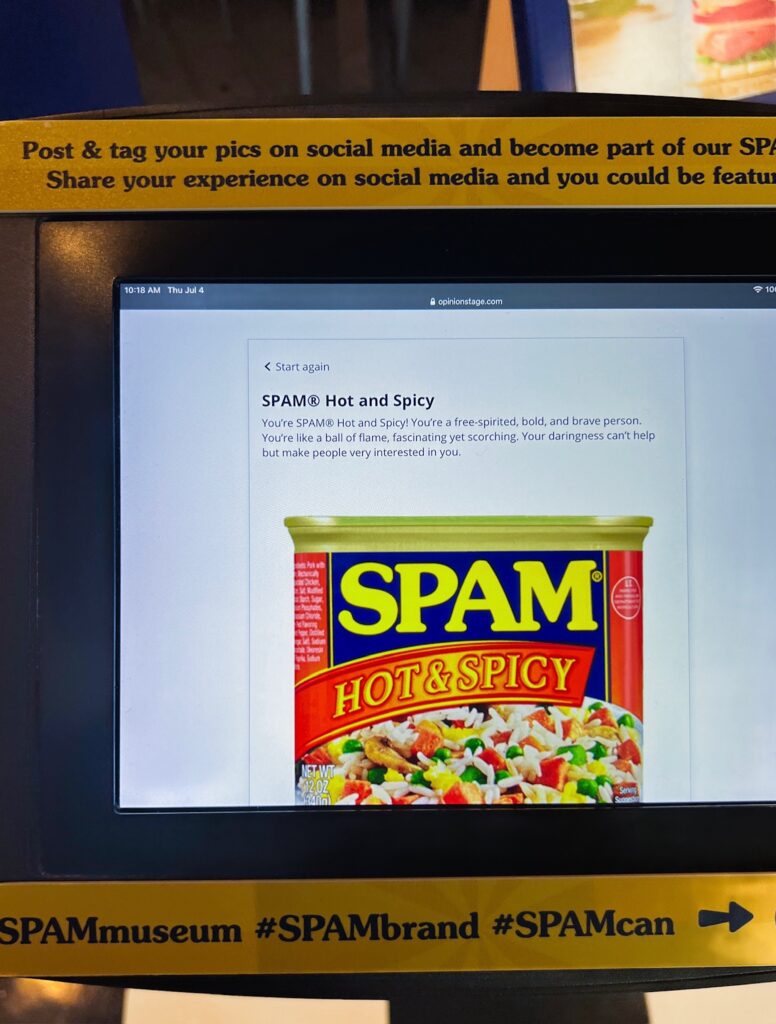
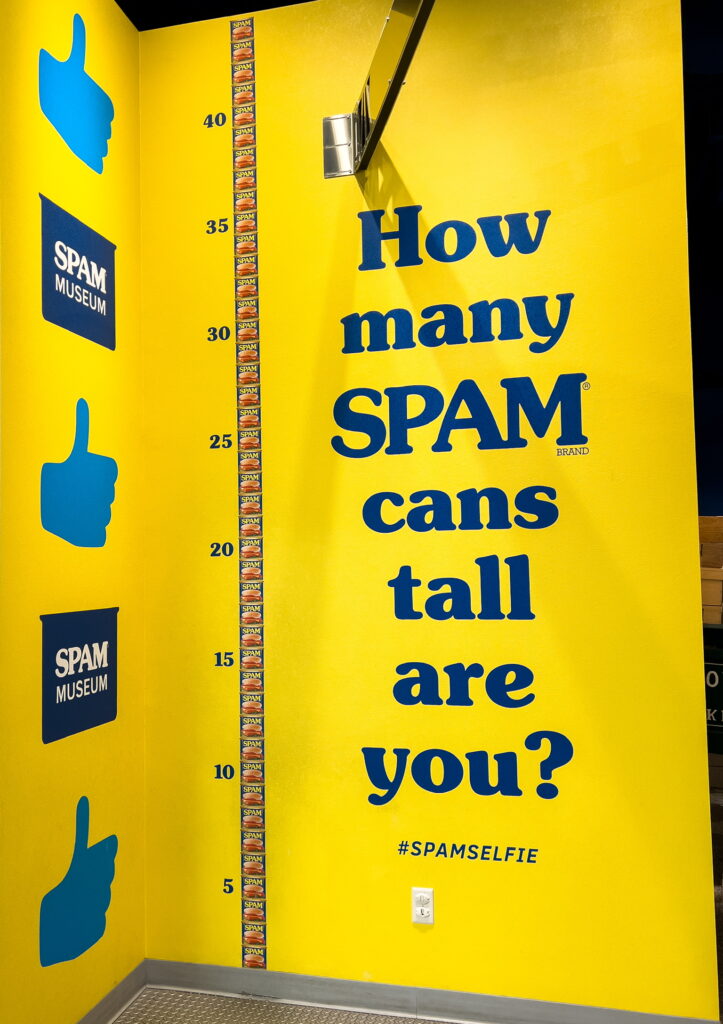
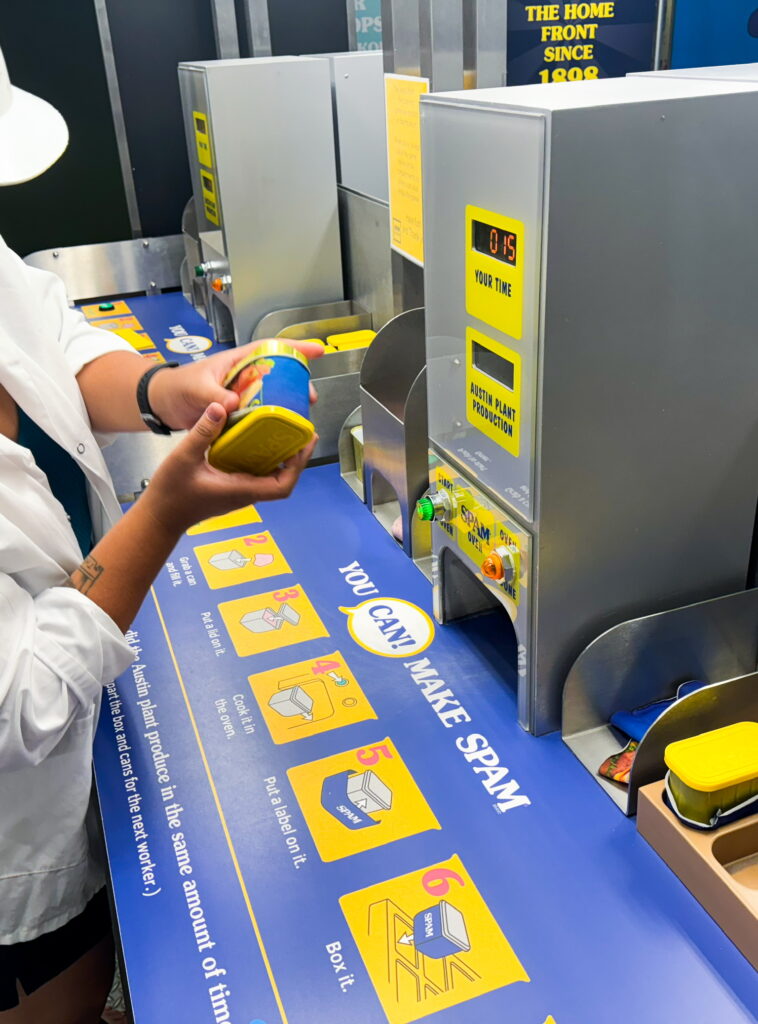
The museum and its exhibits draw around 100,000 visitors per year, and since opening in its new location in 2016, the museum has seen visitors from all 50 states and over 70 countries. Some lucky international visitors can even see their countries represented in the museum’s Global Marketplace exhibit, where SPAM history, recipes, and customs from around the world are highlighted at different stalls.
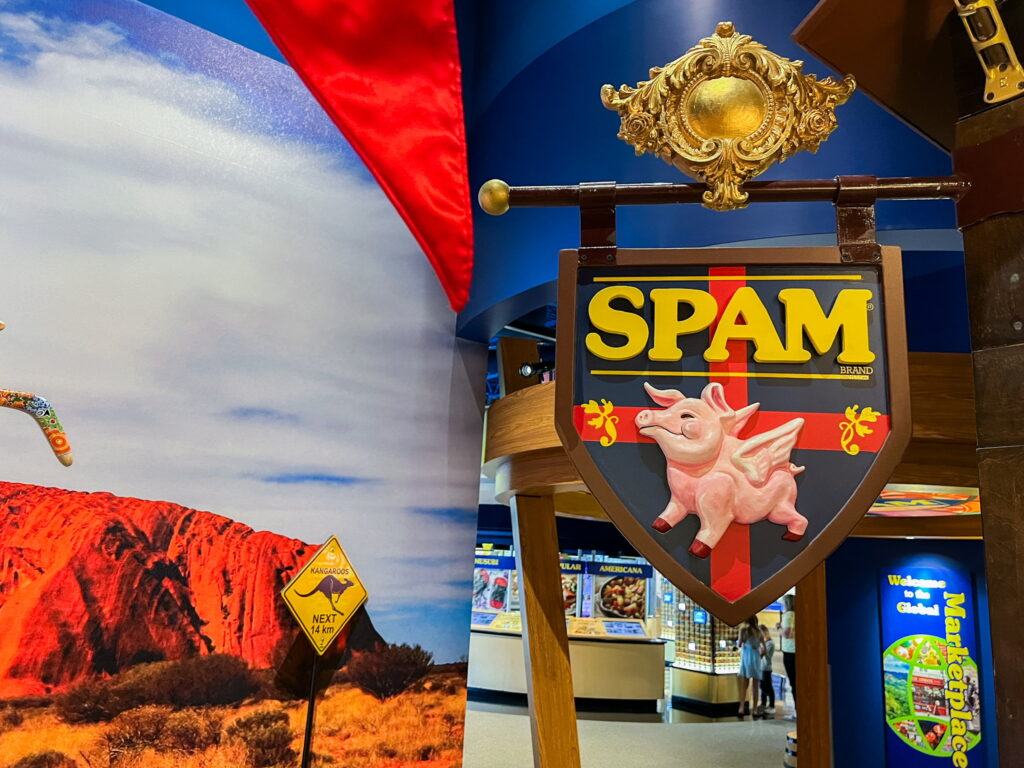
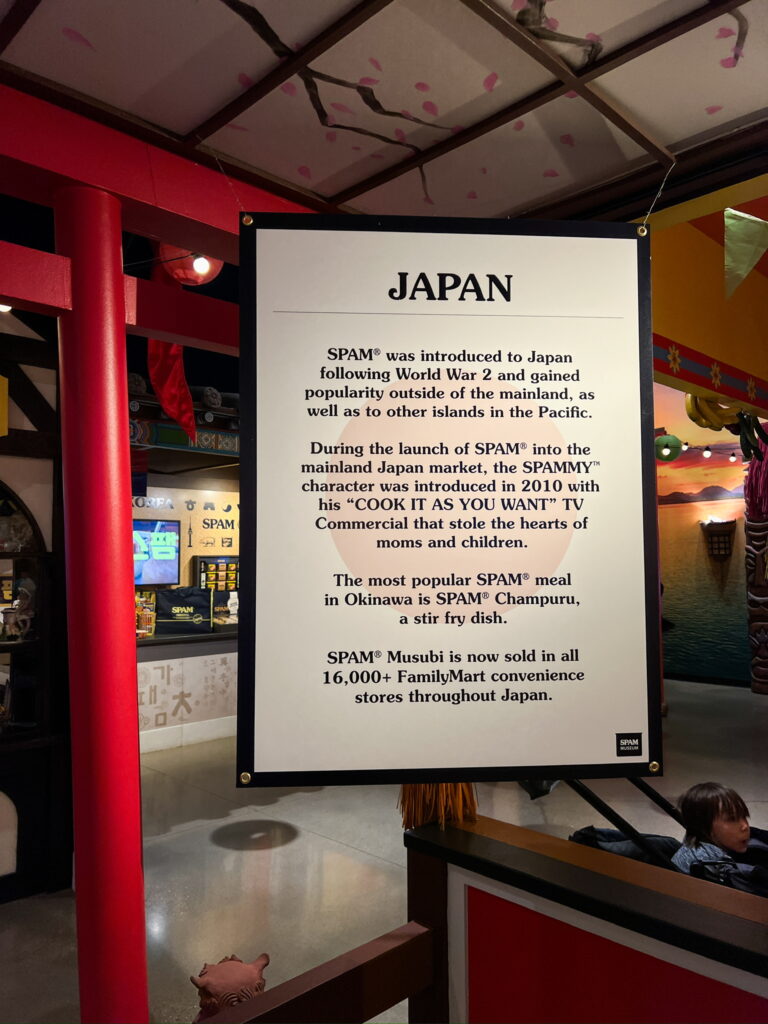
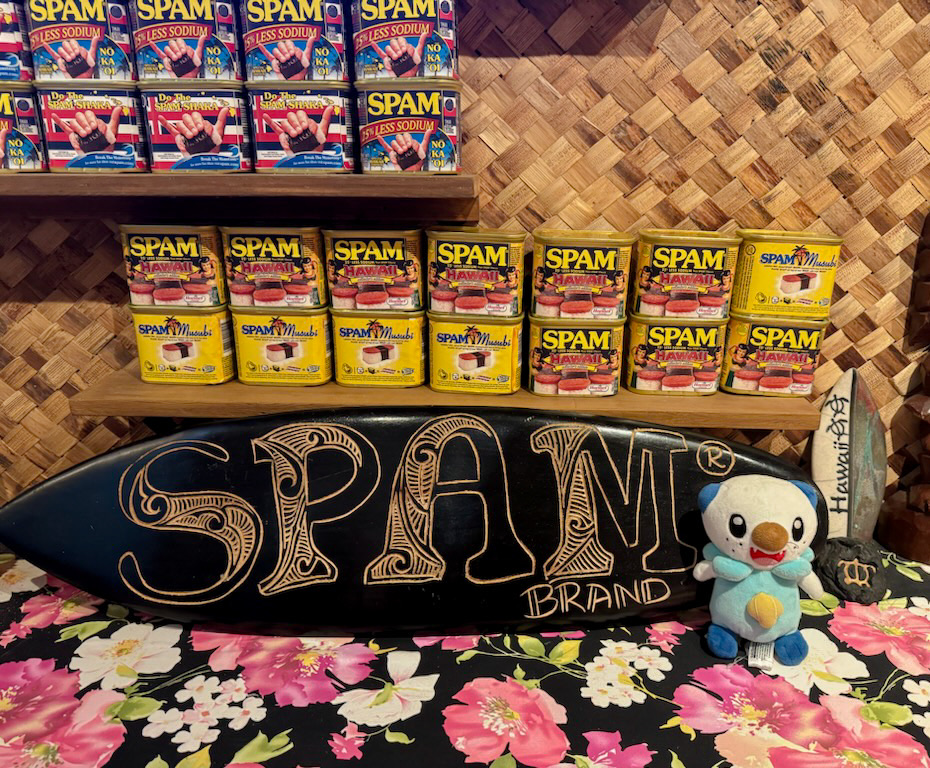

Usually, the museum’s employees (known affectionately as SPAMbassadors) will hand out samples in the museum itself, but I happened to visit the day before the 87th anniversary of SPAM’s release—so to celebrate the weekend, the mobile Tiny House of Sizzle was on-site giving out free SPAM sliders!
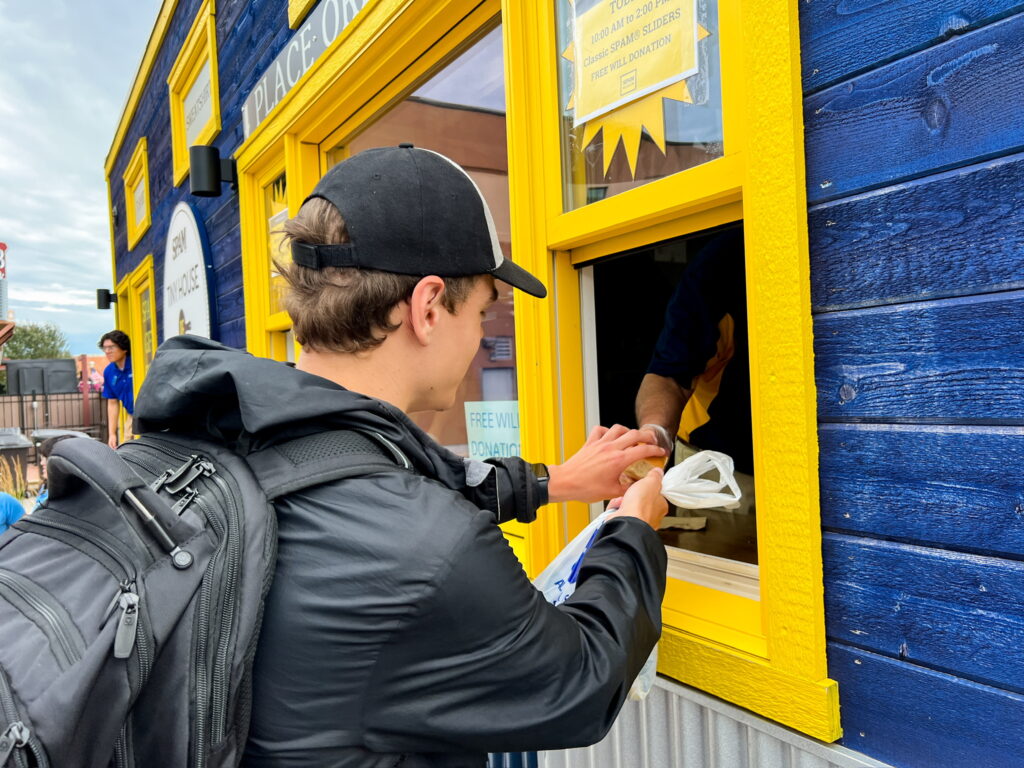
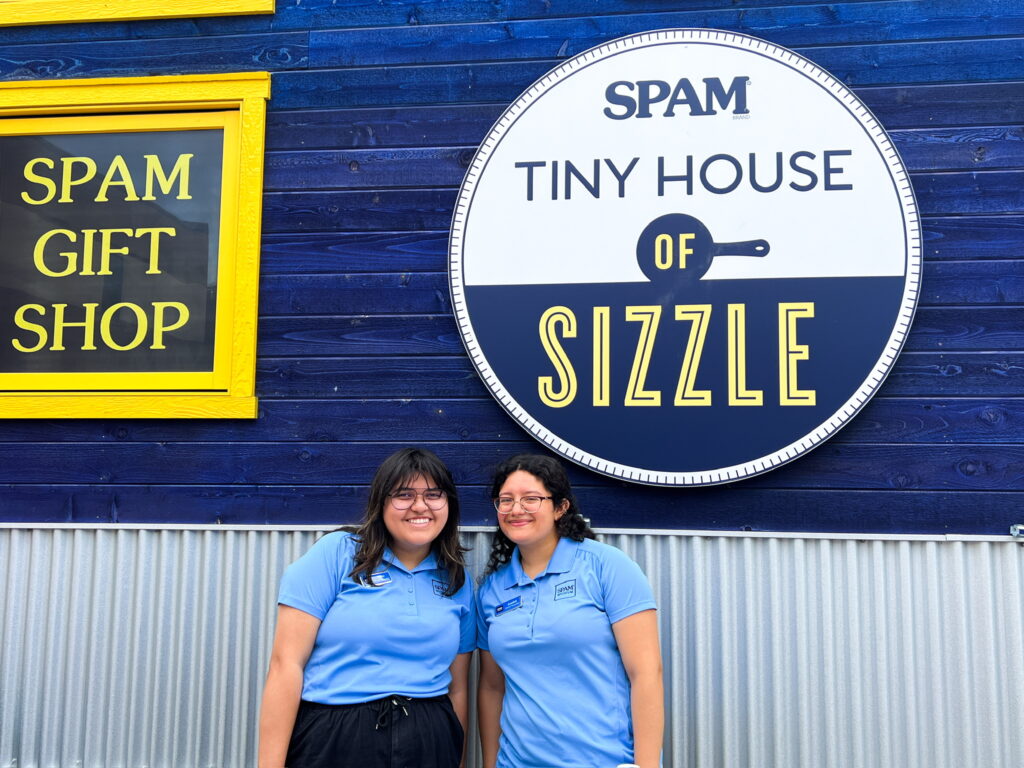
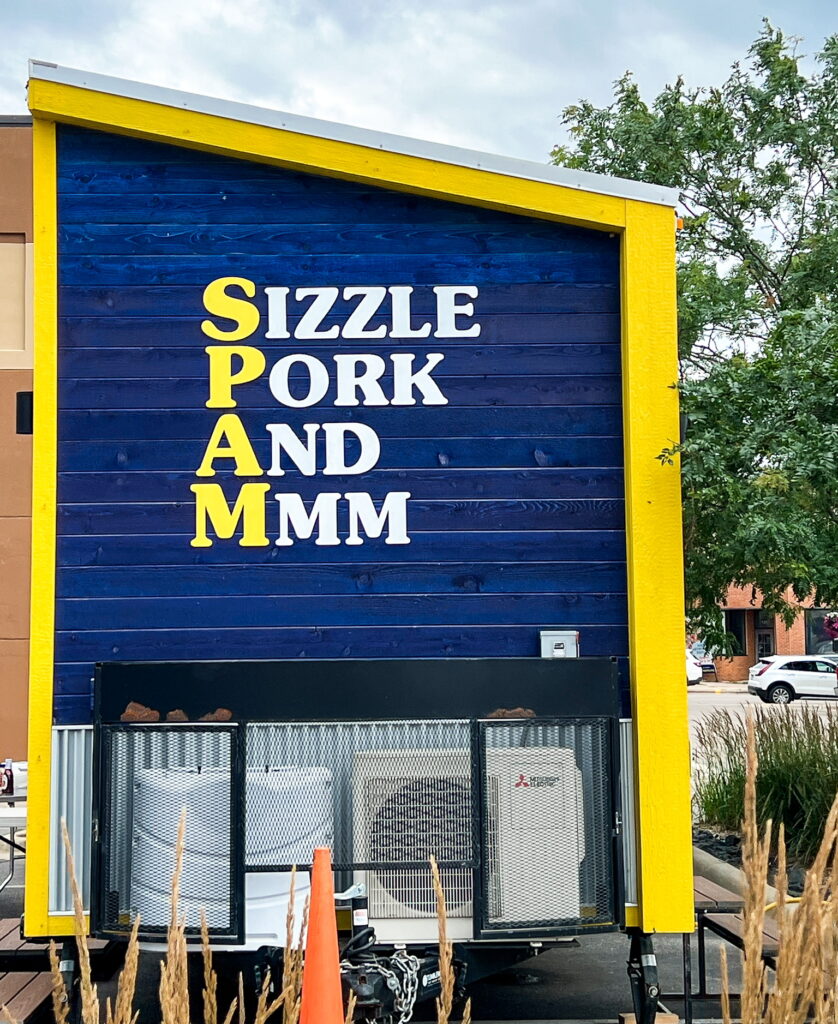
The museum also offers free tours—they do about 70-80 virtual tours a year, and 200-250 in-person. One of my personal favorite things there was the 780-can-long conveyor belt running throughout the museum’s exhibits—on their Facebook page, you can even see a short tour of the museum from a can’s perspective!
